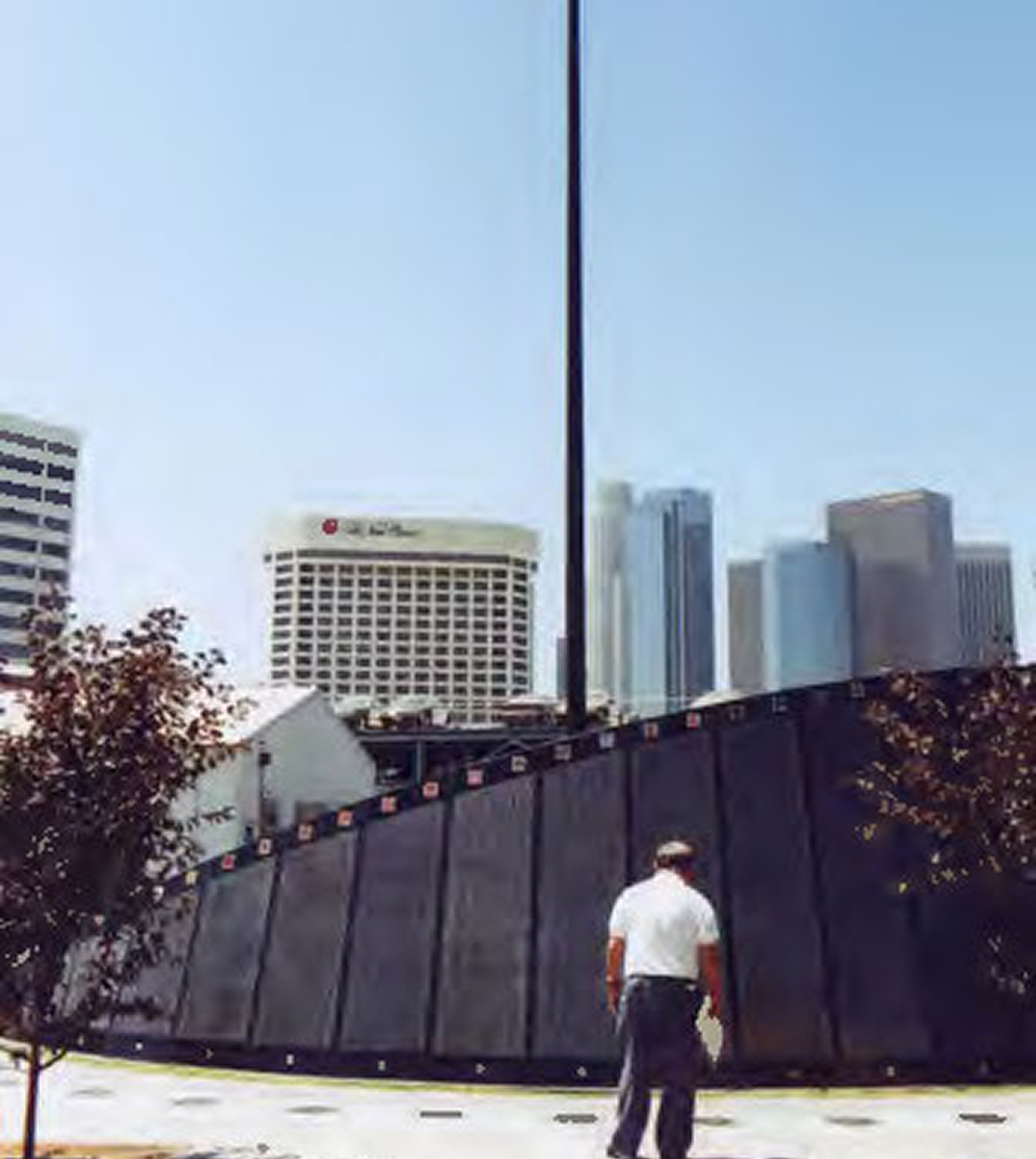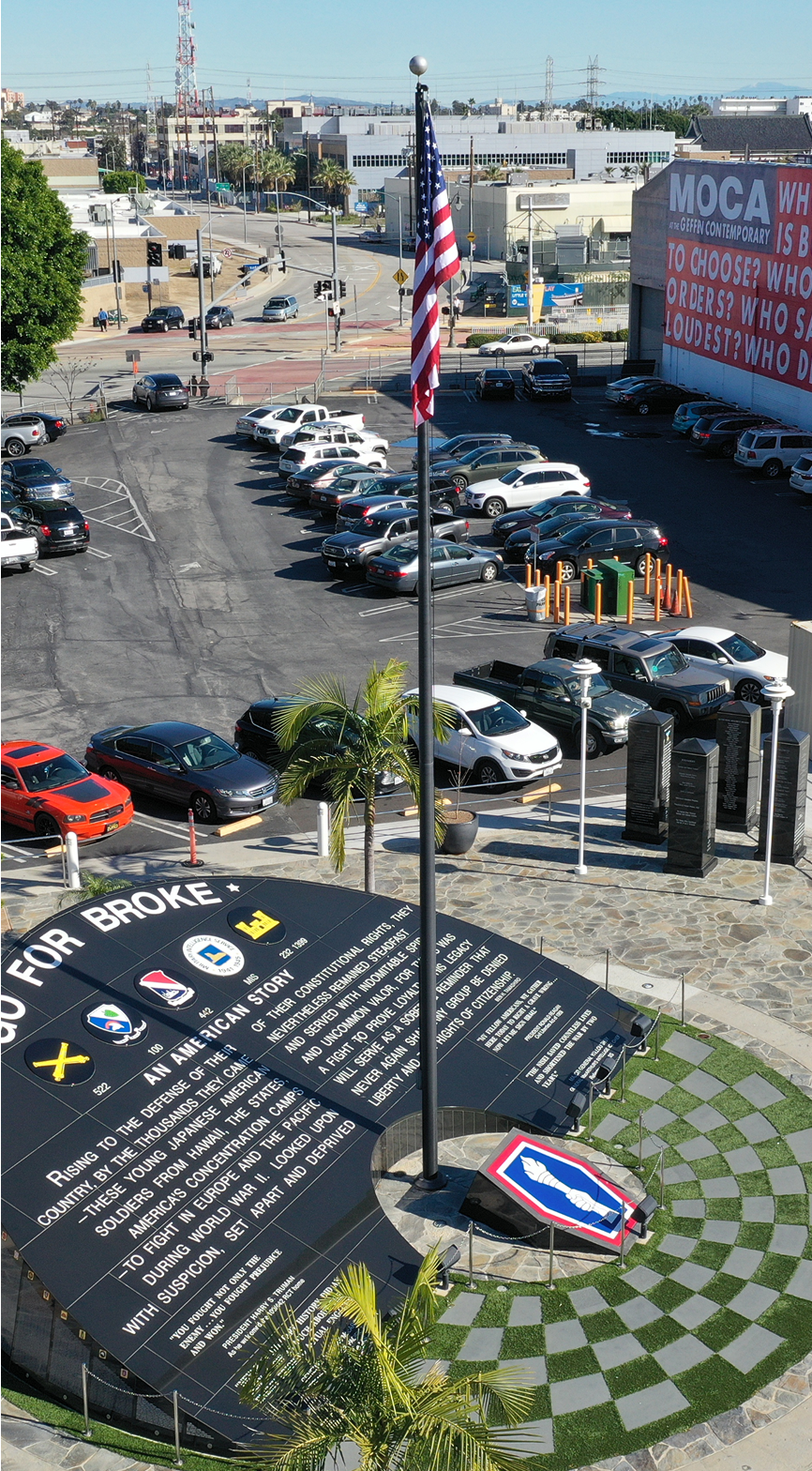Support the Monument
Today, the Go For Broke Monument welcomes thousands of visitors year-round to honor and remember the Nisei soldiers. A Monument Maintenance Fund has been established to support the preservation of the Monument. We welcome and appreciate any and all donations to make sure that the Monument stands for generations to come.

